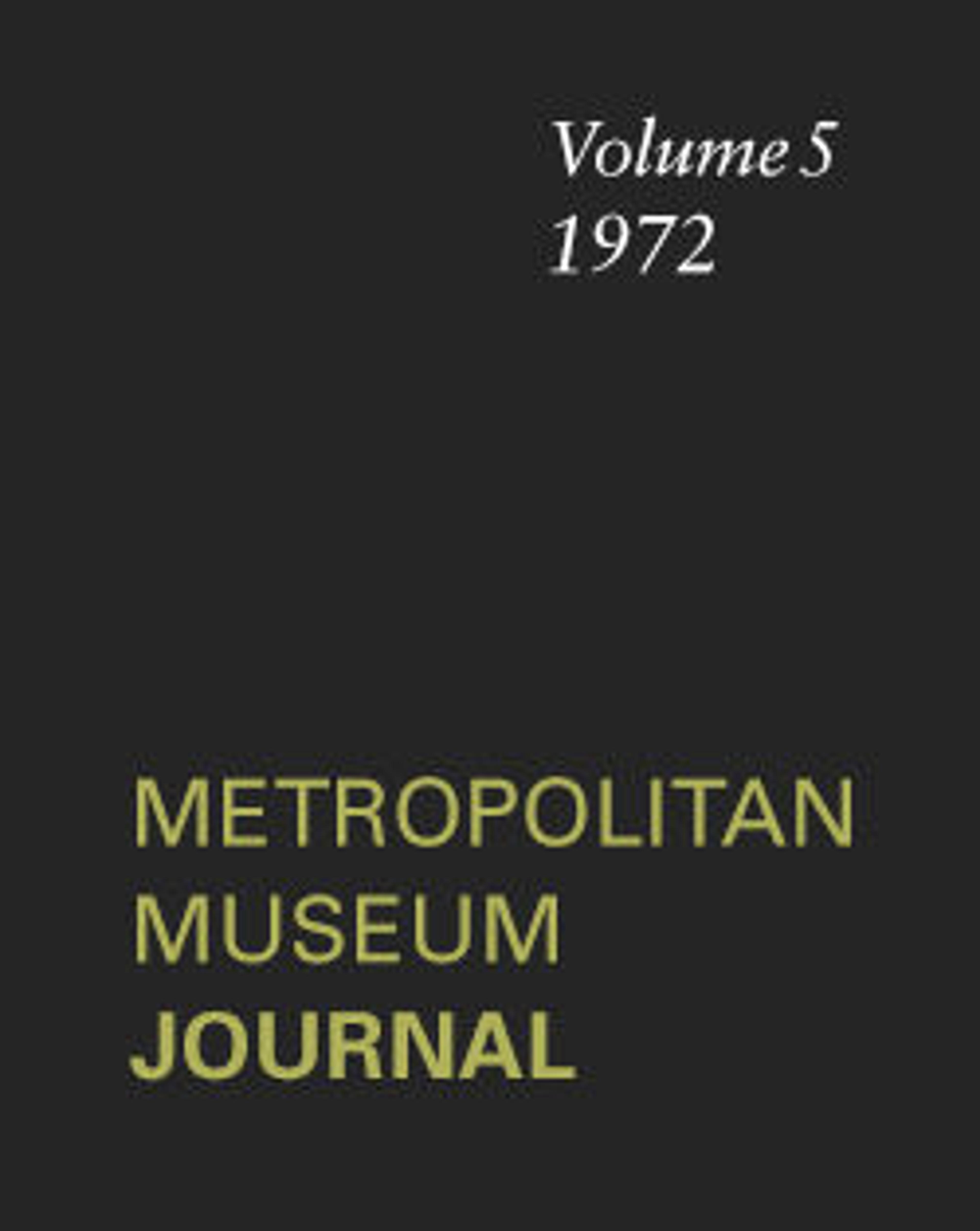Two Female Heads and Standing Figure (from Sketches on the Coast Survey Plate)
Whistler made his first etchings while employed as a draftsman at the U.S. Coast and Geodetic Survey in Washington, D.C., between 1854 and 1855. A staff member taught him the technique and supplied him with a copper plate, on which he etched topographic renderings of coastlines, then sketched freely drawing figures. This fragment was trimmed from a printed proof and given to given to Thomas Winans, a friend in Baltimore who financed Whistler's move to Paris in 1855, allowing him to pursue an artistic career. Winans mounted the fragment in an album of Whistler's early work that his descendants gave to the Museum.
Artwork Details
- Title: Two Female Heads and Standing Figure (from Sketches on the Coast Survey Plate)
- Series/Portfolio: Winans Scrapbook
- Artist: James McNeill Whistler (American, Lowell, Massachusetts 1834–1903 London)
- Date: 1854–55
- Medium: Etching; proof impression of the only state (Glasgow 1); this is a fragment cut from the upper portion of "Sketches on the Coast Survey Plate" (Kennedy no. 1) by Whistler and mounted on a board with six other related fragments. Cited by Glasgow as the earliest known impression.
- Dimensions: Sheet: 1 5/16 x 1 3/4 in. (3.4 x 4.4 cm) (fragment cut from the upper portion of "Sketches on the Coast Survey Plate")
- Classification: Prints
- Credit Line: Gift of Margaret C. Buell, Helen L. King, and Sybil A. Walk, 1970
- Object Number: 1970.121.14
- Curatorial Department: Drawings and Prints
More Artwork
Research Resources
The Met provides unparalleled resources for research and welcomes an international community of students and scholars. The Met's Open Access API is where creators and researchers can connect to the The Met collection. Open Access data and public domain images are available for unrestricted commercial and noncommercial use without permission or fee.
To request images under copyright and other restrictions, please use this Image Request form.
Feedback
We continue to research and examine historical and cultural context for objects in The Met collection. If you have comments or questions about this object record, please complete and submit this form. The Museum looks forward to receiving your comments.
